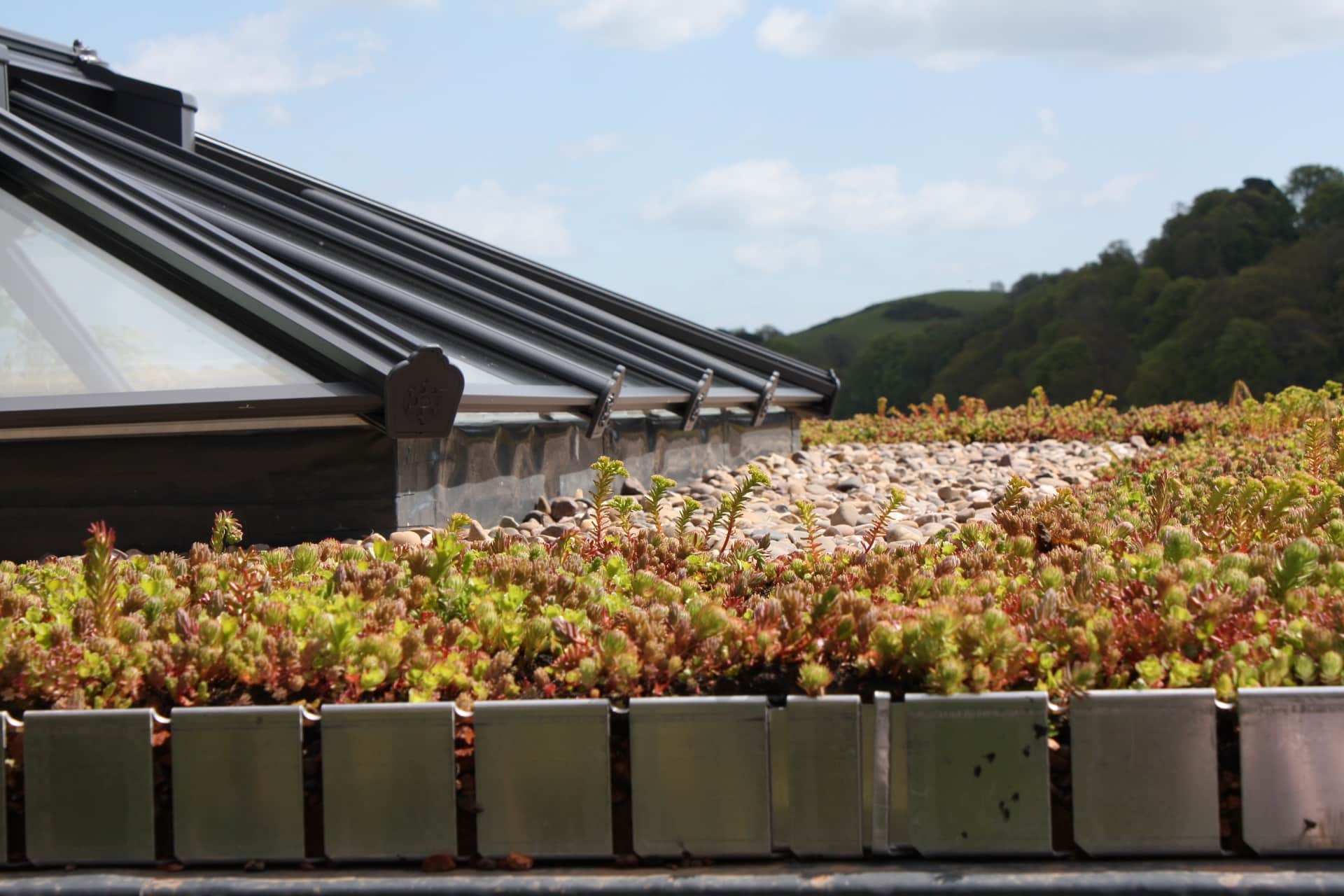Sustainability
The Environment Matters
TG Escapes eco buildings were developed with the environment in mind; by creating beautiful yet innovative designs. We pride ourselves in using the latest developments in technology as part of our build process to help reduce the impact on our fragile planet. Our mission is to dramatically improve the normal construction method by creating ecological, healthy and sustainable buildings for your home, school or business.
Eco-building
Our buildings combine innovative design with the natural beauty of wood and glass; traditional materials and sophisticated technology to create an eco building with a difference. We can create the perfect building to suit your individual needs and adapt our design anyway to fit into the location you choose. This helps reduce its impact on your local area.
Carbon Reduction Plan
TG Escapes Ltd is committed to being carbon neutral by 2024 and net zero by 2030 as shown in our Carbon Reduction Plan June 2023. As a growing business, we have chosen to use an intensity to value to monitor our reductions based on head count so our carbon emissions will be reported as tCO2e/p. In 2022 this figure was 5.07 tCO2e/p. As a comparison case, an SME office-based business with around ten employees could expect a carbon footprint in the region of 3.7 tCO2e per employee per year, according to the Carbon Trust.
TG Escapes, on the other hand, is a national turnkey contractor that manufactures its buildings in-house and has only 37% higher emissions. Our targets are;
| Year | 2022 | 2023 | 2024 | 2025 | 2026 | 2027 | 2028 | 2029 | 2030 |
| tCO2e PP | 5.07 | 4.56 | 4.11 | 3.7 | 3.33 | 3 | 2.7 | 2.43 | 2.19 |
Materials
The materials we use in the construction of our buildings are integral to our eco-friendly credentials.
The foundations have been designed to reduce impact by using a minimal amount of concrete in a unique pad based system whenever possible.
The timber comes from sustainable forests. These forests are meeting the needs of the present without compromising the future generations. Managers follow a land stewardship ethic which integrates the reforestation, growing, nurturing and harvesting of trees for useful products with the conservation of soil, air, and water quality, and wildlife and fish habitat.
Cedar is responsibly and sustainably harvested in the publicly managed forests of British Columbia, Canada. Less than 1% of standing timber is harvested each year and for each tree felled, three are replanted. Western Red Cedar has the least impact on the environment throughout it’s life cycle. It requires significantly less energy to produce than man-made alternatives and is biodegradable.
The glass wool insulation is manufactured from a combination of silica sand and up to 80% recycled post-consumer glass from building regeneration projects or flat glass manufacture that would otherwise go to landfill. This makes it one of the most environmentally sustainable insulation products on the market today.
Living roofs, Sun pipes & renewable energy
We can add many options to create the most environmentally friendly building possible.
A Sedum roof is not only aesthetically pleasing all year round, but also provides a habitat for a rich variety of wildlife. A sedum roof significantly reduces rainwater runoff whilst lowering energy consumption. When working with developers on Section 106 projects, living roofs enable us to meet Biodiversity Net Gain goals with a reduced need for additional construction.
Sun pipes literally capture daylight from the rooftop through highly reflective tubing and take it to where it’s needed offering brilliant natural light as an alternative to artificial lighting.
Wind and solar power can be used as a clean renewable source of energy, which produce no carbon dioxide emissions or waste products.
Foundations
Our lightweight buildings mean that we can minimize the impact of the foundations.
We select the foundation system (screw pile, pad & pier or lightweight concrete slab) with the lowest environmental impact given the ground conditions.
Tree Planting Scheme for Schools
TG Escapes have supported young people and farmers in Uganda to re-forest providing them with 8000 trees. We gift these trees to our education customers which has the benefit of off setting 250Kg of carbon over the lifetime of each tree. The scheme, allowing every single tree to be tracked by our schools via an app, is designed to engage young people in sustainability and provide a way for them to be involved.

